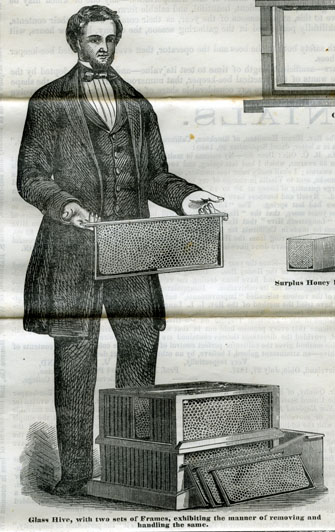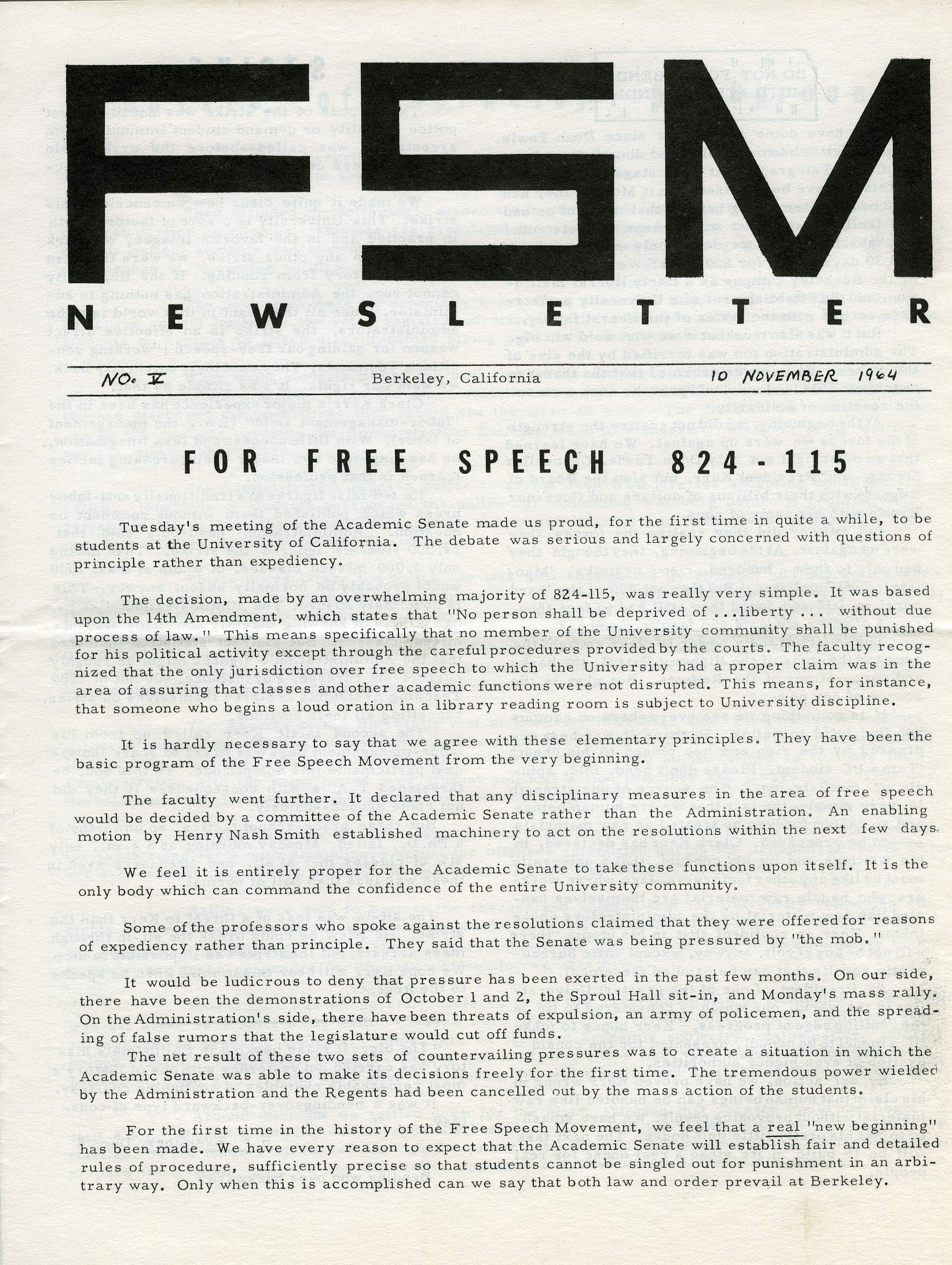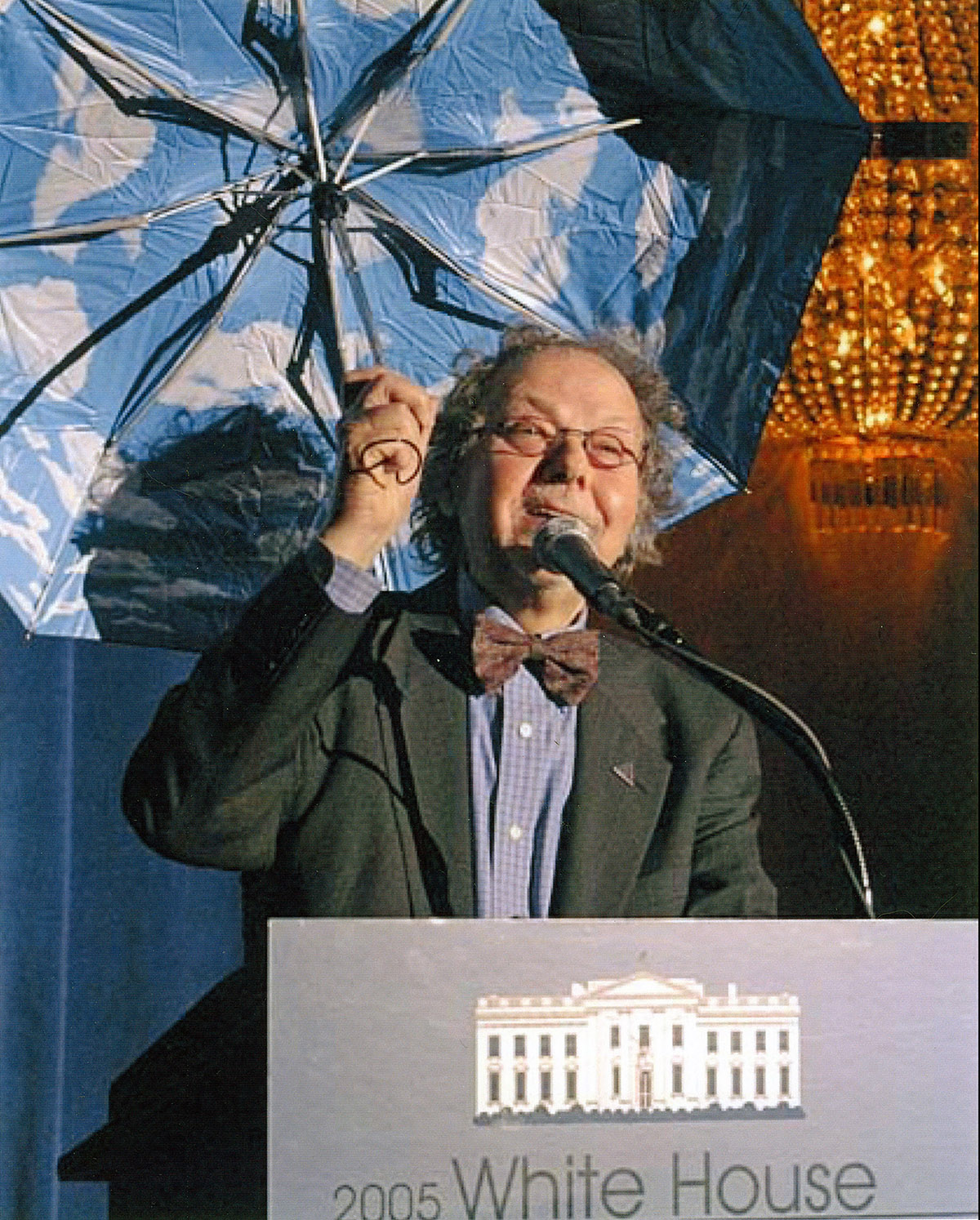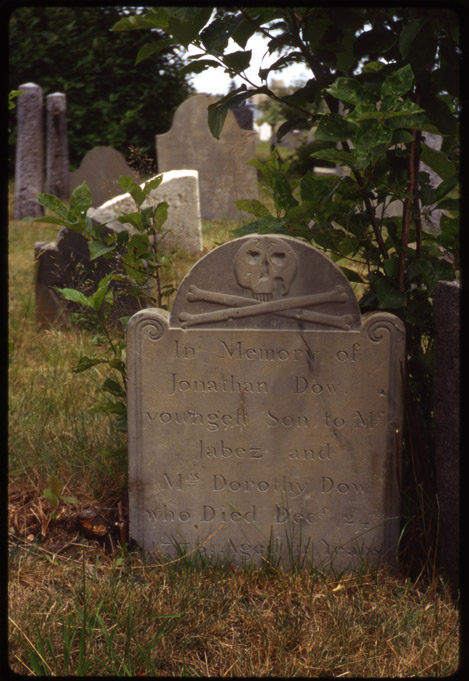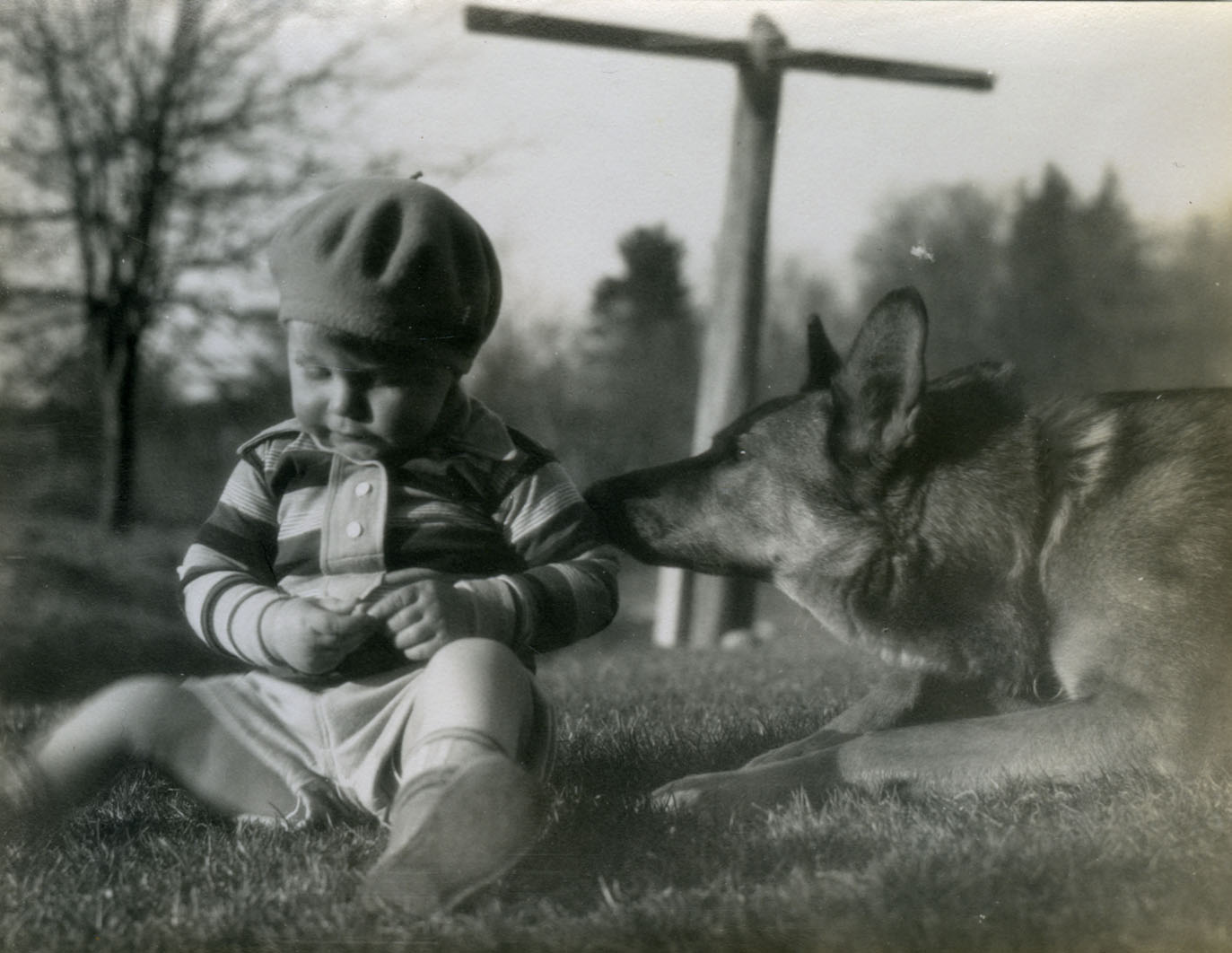Andrew Coburn Papers
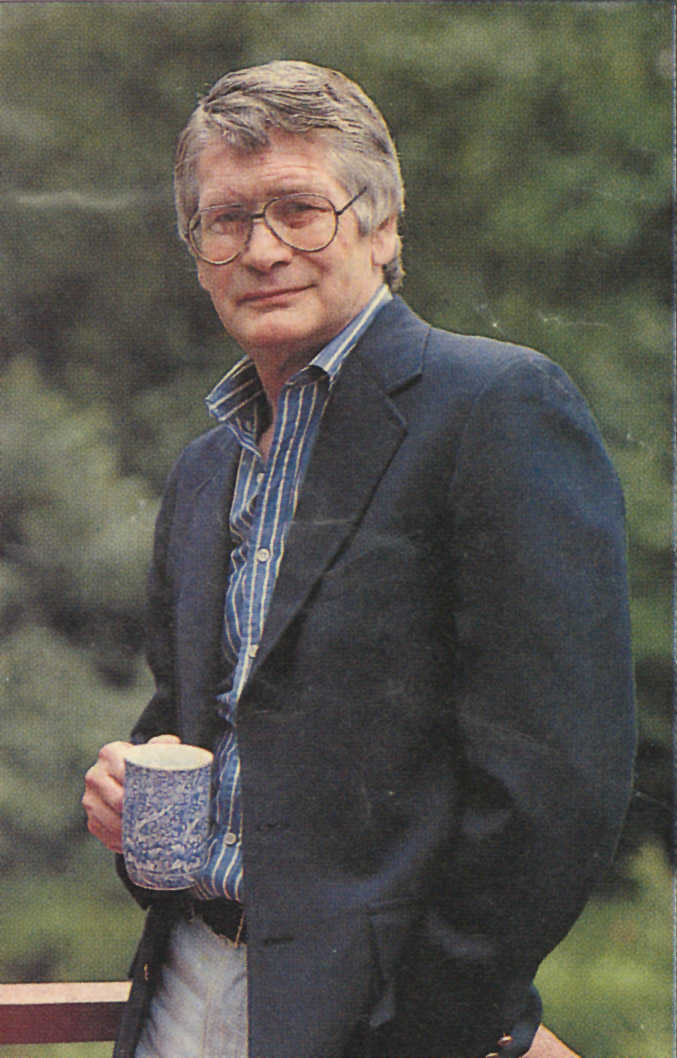
In taut and haunting prose, Andrew Coburn left a memorable impression as both novelist and journalist. Born in Exeter, N.H., on May 1, 1932, Coburn became serious about writing while fulfilling his military duty in Germany and earning a degree in English at Suffolk University. After landing a position with the local newspaper, the Lawrence Eagle-Tribune, he put his talents to good use. Building his career as a journalist covering organized crime by day, he managed to spend nearly every night writing fiction until dawn. His successes on the beat earned him steady promotions all the way to city editor, and he eventually founded two newspapers of his own, though fiction would be his future. Winning a Eugene Saxton Fellowship in 1965, Coburn drew upon his experiences on the streets of Lawrence to publish his first novel, The Trespassers, in 1974, followed by The Babysitter in 1979, and eventually eleven other novels, a novella, and a host of short stories and essays. A master of language and dialogue grounded in a strong sense of place, Coburn won both wide readership and praise from other writers. His work has garnered nominations for the Edgar Allan Poe Award and Pushcart Prize and has been translated into 14 languages. Three of his novels have been made into films in France. He was married to Bernadine Casey Coburn, a former journalist and public relations expert, with whom he had one son and four daughters.
The Coburn Papers contain working drafts and page proofs of Andrew Coburn’s novels and short stories, along with selected correspondence, and dozens of journals, scrapbooks, and notebooks used in his fiction. In many cases, the completeness of the collection makes it possible to follow a work from its earliest inception, often recorded as a sketch (literal or in prose), through to its final iteration.


